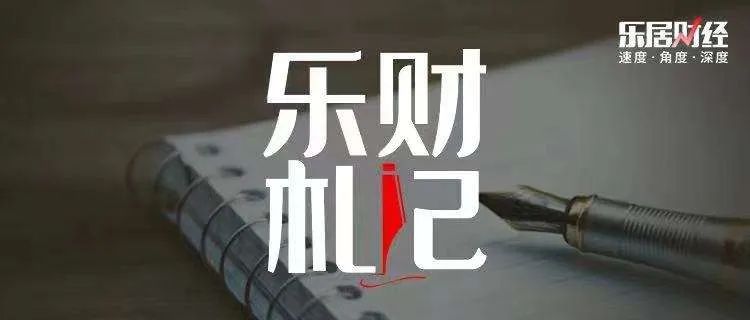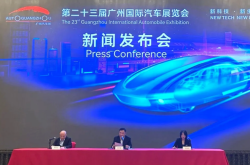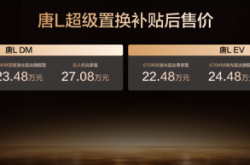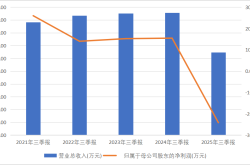Alert: Mandatory Residential Inspections Are on the Horizon
![]() 11/21 2025
11/21 2025
![]() 433
433

By Zhang Linxia, Leju Finance
As urban buildings gradually reach the 'aging' stage, how can we bolster their safety defenses?
Recently, Zhengzhou has sent out a major policy signal: it intends to roll out new regulations mandating the first 'mandatory inspection' for urban residential buildings that are 30 years old or more.
This move is not just about the buildings' safety; it also has a direct bearing on the living safety and property rights of countless families.
The draft document is designed to set up a 'three-pronged system' encompassing funding, building inspections, and building insurance for building safety management, thereby comprehensively advancing full lifecycle safety management of buildings.
A notable aspect is that Zhengzhou will take the lead by carrying out the first inspection for urban residential buildings that are 30 years old or more, and will encourage similar aging non-residential buildings to join in through a rewards-based subsidy scheme.
The building safety management funding system will establish a dual-track mechanism featuring public and individual accounts. Funding for public accounts will be sourced from land transfer fees and allocations from housing provident fund value-added income, with any deficits being covered by fiscal support.
The building inspection system will set up a dual support framework of policy and technology, defining standards for inspection agency accreditation and systematically conducting safety inspections for urban buildings.
The building insurance system will introduce a market-oriented 'insurance + services' model, mitigating the loss risks for parties responsible for building safety through insurance claims.
The inspection will zero in on key components of urban buildings, including foundations, main structures, enclosure systems, equipment, facilities, and pipelines, as well as the structural connections between these components.
Inspection indicators will fall into three categories: safety, durability, and applicability, with mandatory and optional items. Safety indicators are mandatory, while optional items will be chosen flexibly based on building characteristics and actual needs.
When it comes to funding, inspection costs for urban residential buildings will be covered by the municipal public account; costs for urban non-residential buildings will be borne by the parties responsible for building safety, with the municipal public account offering a 50% rewards-based subsidy.
Zhu Dongqing, Secretary-General of the China Building Waterproofing Association, remarked that as an industry expert who has long championed a mandatory inspection system for aging buildings, he sees Zhengzhou's move as a positive step in full lifecycle building safety management. By focusing inspections on residential buildings that are 30 years old or more and extending coverage to non-residential buildings in sectors like education and healthcare through rewards-based subsidies, this targeted approach can accurately pinpoint core risks in the structure and enclosure systems of aging buildings.
Moreover, by integrating this system with safety management funding and building insurance, it effectively tackles past issues of 'limited funding sources and lack of market mechanisms' in building maintenance and renovation. This offers a local model for tapping into public maintenance funds and revitalizing the building maintenance and renovation market. If carried out smoothly, it has the potential to cultivate a sustainable maintenance model for aging buildings.
A technical expert in building structure inspection pointed out that by designating safety indicators such as foundations and main structures as mandatory items while keeping durability and applicability indicators as optional, the inspection zeroes in on the core aspects of building safety while catering to the individualized needs of different buildings. This indicator setup is in line with the current realities of aging buildings.
However, experts also warn that to ensure inspection effectiveness, it is vital to standardize accreditation criteria for inspection agencies. They suggest using government procurement to select professionally qualified agencies and setting up a review mechanism for inspection results to prevent safety hazards from being missed due to non-compliant testing.
Industry observers in the building materials sector think that if Zhengzhou's building inspection system is implemented over the long term, it will open up new development avenues for the industry. The strengthening and renovation of numerous aging buildings following inspections will spur a steady demand for building materials such as waterproofing, coatings, and piping, while also pushing related companies to upgrade their maintenance technologies and product quality.
This echoes the proposal made earlier by CPPCC member Hong Jie, who proposed that 'building inspections drive industrial transformation and upgrading in the construction sector.' It can alleviate issues of overcapacity in some high-quality sectors while also boosting employment in building maintenance, creating a win-win situation between livelihood protection and industrial development.








